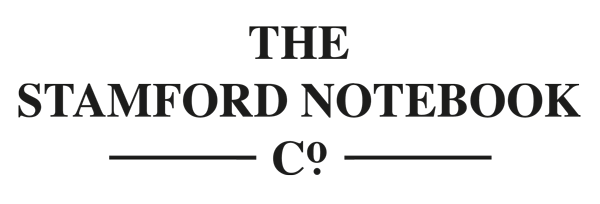
The function of bookbinding is to hold the pages of text together. This comes in various forms – for instance wire stitching (staples), Wire-O binding, glue binding and sewing. It is this last one that we’re interested in. From a mechanical point of view the sewing of a book has to be the most important part. Book sewing offers a strong, discrete, flexible binding. Books can be sewn by hand or machine.
The text pages have to be prepared as ‘signatures’ – these are folded ‘booklets’. The sections are gathered together to form the book. Typically sections will vary from 8 to 32 pages, depending on the thickness of the paper. The sewing brings the sections together securely.
Many years ago we purchased our book sewer, a 1948 Smyth No. 14. It was residing at a machinery dealers in Chichester awaiting export. On inspection I didn’t know what I was looking at but it appeared to be in one piece – a large cast iron chassis with very few signs of wear, complete with instruction manual! It was previously in service in a bindery in Cambridge and is probably one of the most complicated pieces of equipment we have taking many years to master.
Our SM14...
All Stamford Notebooks are sewn on our SM14.
Our 1933 copy of Art and Practice of Printing refers to this machine as the "latest model with straight needles and semi-automatic feed allowing the operator to feed seventy to seventy five signatures a minute (4,200-4,500 per hour)". This is an extraordinary speed, I can feed at about 2,000 per hour.

YouTube has and excellent video showing a fleet of these machines in a bindery feeding at a frantic pace...
Scroll forward to about 5:30
Surprisingly you can still buy a SM14 from Smyth Europea, the Italian firm who still make them. And we can buy spare parts!

